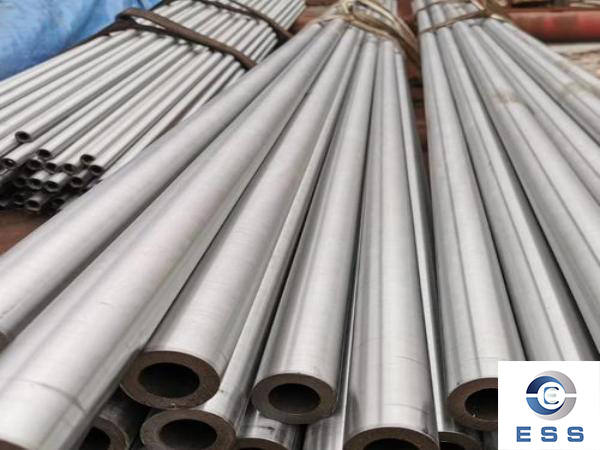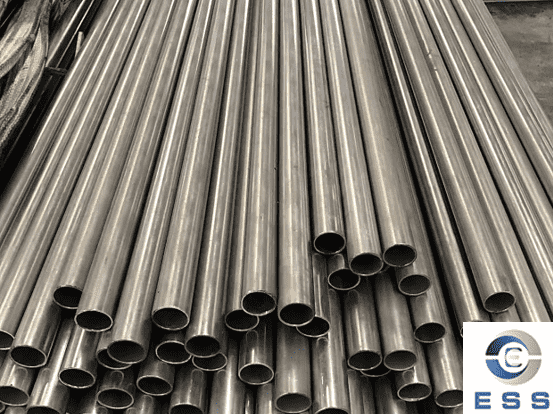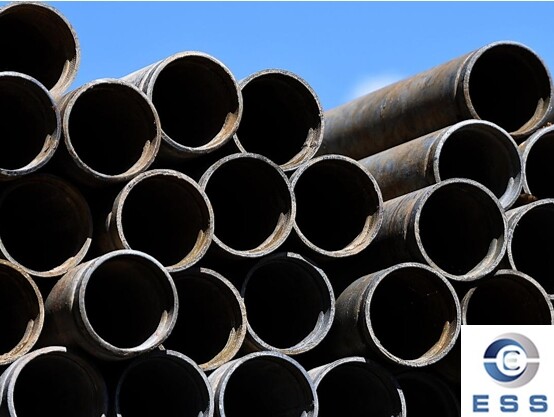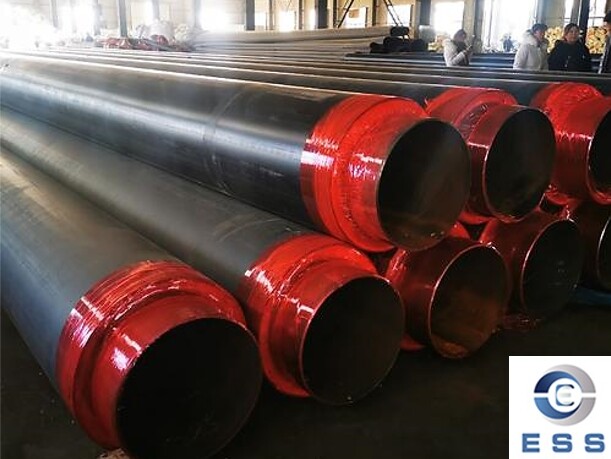Causes and solutions for corrosion of
precision tubes

Precision tubes are a kind of high-precision seamless pipe material that has been processed by precision drawing or cold rolling. Because the inner and outer walls of precision tubes have no oxide layer, can withstand high pressure without leakage, high precision, high finish, no deformation during cold bending, no cracks during expansion and flattening, etc., they are mainly used to produce pneumatic or hydraulic components, such as cylinders or oil cylinders. They can be seamless pipes or welded pipes. The chemical composition of precision tubes is carbon C, silicon Si, manganese Mn, sulfur S, phosphorus P, and chromium Cr.
Causes of corrosion of precision tubes
Corrosion of precision tubes is due to the influence of the external environment, which causes chemical reactions and physical changes on its surface, resulting in shortened life or decreased performance. The specific reasons are as follows:
1. Oxidation: Under high temperature or high humidity conditions, the metal on the surface of the precision tubes will react with oxygen and water vapor in the air to generate metal oxides, thereby forming an oxide layer, which leads to oxidation corrosion of the tube.
Precision tubes of different materials have different antioxidant abilities. Some pipes, such as steel pipes and stainless steel pipes, have relatively strong antioxidant abilities and are not easy to rust. At the same time, these pipes have good corrosion resistance and long service life, but the price is relatively high. Some other materials do not have antioxidant ability and have a relatively short service life.
2. Chemical corrosion: Precision tubes are susceptible to chemical corrosion in humid acidic or alkaline environments, resulting in corrosion spots or film layers on their surfaces.
(1) Surface contamination: Oil, dust, acid, alkali, salt, etc. attached to the surface of the workpiece are converted into corrosive media under certain conditions, and react chemically with certain components in stainless steel parts, resulting in chemical corrosion and rust.
(2) Surface scratches: Various scratches damage the passivation film, reducing the protective ability of stainless steel, making it easy to react with chemical media, resulting in chemical corrosion and rust.
(3) Cleaning: After pickling and passivation, residual liquid is not cleaned properly, which directly corrodes stainless steel parts (chemical corrosion).
3. Electrochemical corrosion: The metal on the surface of the precision tube undergoes an oxidation-reduction reaction in the electrolyte to generate corrosion products, resulting in electrochemical corrosion of the tube.
(1) Carbon steel contamination: Scratches caused by contact with carbon steel parts form a primary battery with the corrosive medium to produce electrochemical corrosion.
(2) Cutting: Cutting slag, spatter and other rust-prone materials adhere to the corrosive medium to form a galvanic cell and produce electrochemical corrosion.
(3) Baking: The composition and metallographic structure of the flame heating area change unevenly, forming a galvanic cell with the corrosive medium and producing electrochemical corrosion.
(4) Welding: Physical defects (bite edge, pores, cracks, lack of fusion, incomplete penetration, etc.) and chemical defects (coarse grains, grain boundary chromium depletion, segregation, etc.) in the welding area form a galvanic cell with the corrosive medium and produce electrochemical corrosion.
(5) Material: Chemical defects (uneven composition, S, P impurities, etc.) and surface physical defects (looseness, sand holes, cracks, etc.) of stainless steel are conducive to forming a galvanic cell with the corrosive medium and produce electrochemical corrosion.
(6) Passivation: The pickling passivation effect is not good, resulting in uneven or thin passivation film on the stainless steel surface, which is easy to form electrochemical corrosion.
(7) Cleaning: The remaining pickling passivation residual liquid and the products of chemical corrosion of stainless steel form electrochemical corrosion with stainless steel parts.
4. Rust effect: Under high temperature or high humidity conditions, the iron on the surface of the precision tube will react with water vapor to generate rust, causing rust corrosion on the tube. The rust on the precision tube after polishing is mainly due to the oxidation of surface iron ions to form hydroxides, iron oxides and other oxides, resulting in rust spots on the surface of the tube. In addition, the surface of the tube may experience corrosion caused by changes in the external environment, which can also cause rust.
Solutions for corrosion of precision tubes
In order to extend the service life of precision tubes and maintain their performance, the following solutions are available:
1. Sealed packaging: Precision tubes must be sealed and packaged before leaving the factory and stored in a dust-free dry environment to avoid moisture and contamination.
2. Surface treatment: Precision tubes should be surface treated after production, such as electroplating, spraying, film pasting, etc., to prevent electrochemical reactions and chemical corrosion.
3. Add protection: Adding a protective layer inside the precision tube, such as epoxy resin, can effectively avoid oxidation, corrosion and rust.
4. Isolate the air: During the storage and use of precision tubes, the air should be isolated and prevented from contact with moisture to prevent oxidation and corrosion.
5. Maintenance: Precision tubes should be regularly maintained during use, such as replacing sealing materials and cleaning the tube body, to ensure stable performance and extend its service life.
In short, precision tubes are an important optoelectronic device, and their corrosion problems need to be taken seriously. During use, attention should be paid to protection and maintenance to extend their service life and ensure stable performance.
Read more: Difference between seamless pipe and seam pipe













 Eastern Steel Manufacturing Co.,Ltd not only improve product production and sales services, but also provide additional value-added services. As long as you need, we can complete your specific needs together.
Eastern Steel Manufacturing Co.,Ltd not only improve product production and sales services, but also provide additional value-added services. As long as you need, we can complete your specific needs together.










